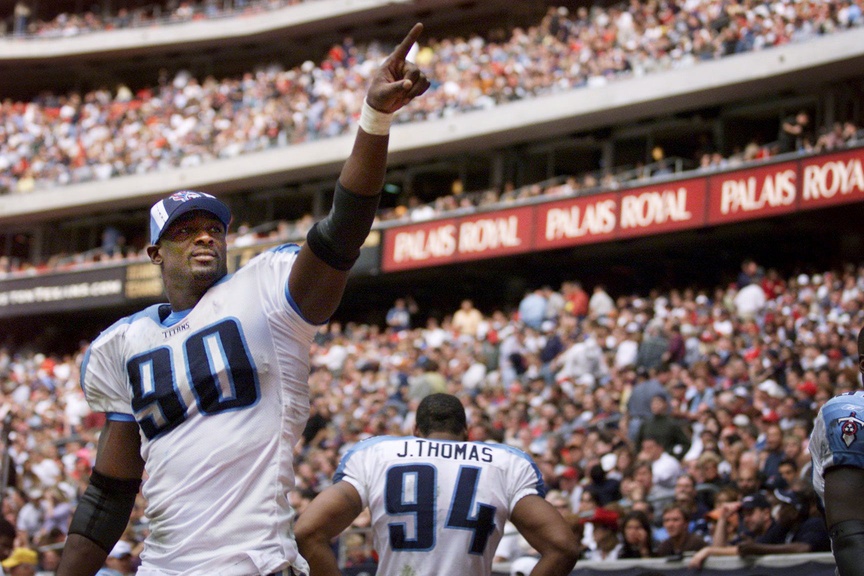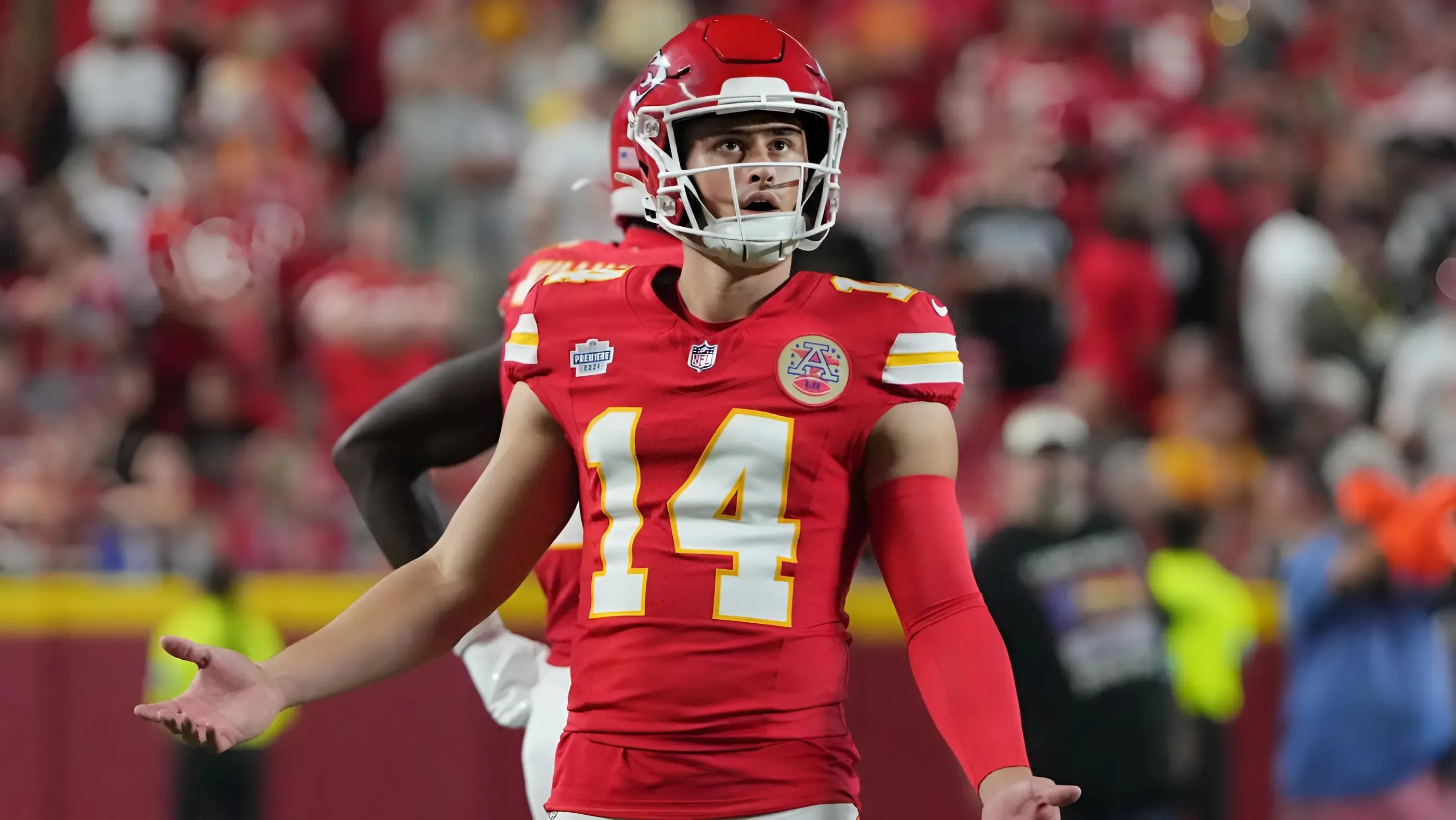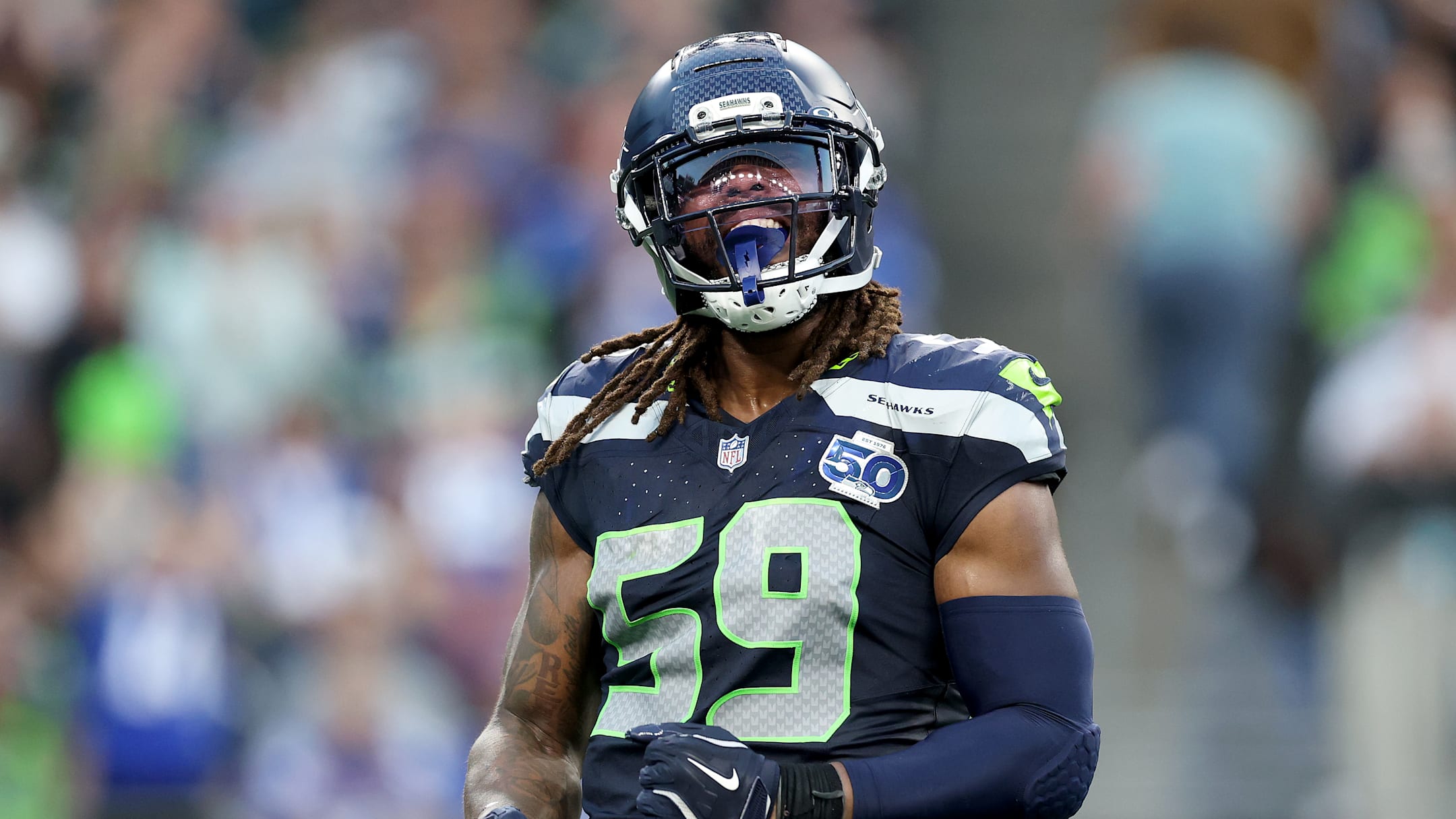Shortly after the Minnesota Vikings finished the 1998 season, it felt like they were at the beginning of a championship window. Gary Anderson’s missed field goal in the NFC Championship game stung. Still, many other factors contributed to Minnesota’s success in 1999 and another Conference Championship game appearance in 2000.

Of course, the line between being a contender and being a team that just makes the playoffs a fine one in the NFL, and the Vikings had a massive decision to make in the 1999 draft. With two first-round picks, Dennis Green could shore up a defense that succumbed to injuries late in the 1998 season, or he could have looked toward the future and selected quarterback Daunte Culpepper.
While the veterans in the locker room probably wanted a win-now solution, Green took Culpepper, and the rest was history. Culpepper formed one of the most electric quarterback-receiver duos in football with Randy Moss, and an entire generation of Madden players flocked to the Purple and Gold.
But what would have happened if the Vikings had gone the other direction and gone with Jevon Kearse? Would the Vikings be where they are today? Could they have won a Super Bowl? And would anyone supplant Culpepper as their franchise quarterback?
There’s a lot to consider.
Kearse was one of the top edge rushers in the 1999 draft, and for good reason. Nicknamed “The Freak” for his 6’4″, 265 lb. frame, the Florida product would have fit in for a defense that was starving for a pass rush.
John Randle was the face of the Vikings’ defense in 1998, but you would be forgiven if you couldn’t remember the other members of that unit. Derrick Alexander recorded 7.5 sacks, but he wasn’t the force Minnesota was hoping for after trading Chris Doleman to the Atlanta Falcons in 1994. Duane Clemons was non-existent, and Ed McDaniel was the next-best pass rusher, collecting seven sacks as a blitzer.
To their credit, the Vikings tried to get the best of both worlds by selecting polarizing Michigan State defensive tackle Dimitrius Underwood with the 29th-overall pick. However, after Underwood left the team in the middle of training camp, Kearse became the green-eyed monster Vikings fans coveted.
Kearse made an immediate impact on the Tennessee Titans’ defense. He racked up 14.5 sacks in his rookie season. Two more Pro Bowls followed with a combined 36 sacks in his first three seasons before he broke his foot during in 2002. The nature of the injury, which involved the fifth metatarsal in his left foot, sapped him of some of his speed, and he would never reach double-digit sacks again despite a flirtation with 9.5 sacks in 2003.
Even though Kearse’s star burned bright but quickly, his zenith matched Minnesota’s timeline to win a Super Bowl. The Vikings were still a good squad in 1999 despite Randall Cunningham flaming out six games into the season. Jeff George took over and threw “Randy’s down there somewhere” balls to reach the playoffs, but the St. Louis Rams and The Greatest Show on Turf obliterated the Vikings in the divisional round.
While the offense stole the headlines, the defense also took a step back. The Vikings’ sack total jumped from 38 in 1998 to 46 in 1999, but they allowed 20.9 points per game, up from an 18.5 clip in 1998. The sack numbers were also inflated for a year because Doleman returned for a final season in Minnesota. Still, the Vikings found a way to rebound when Culpepper took over in 2000.
You could see Minnesota’s 11-5 record as a reason that Kearse would have made sense for the Vikings. He may have taken their defense to the next level. Still, they would be without a quarterback. George lasted five games as the starter for the Washington Commanders the following year, and Green’s Plan B seemed to be to lure Dan Marino to Minnesota after a lousy 1999 season with the Miami Dolphins.
The defense would have been better with Kearse in 2000, but it may not have been enough to haul a 39-year-old Marino to the Super Bowl in the way the 2015 Denver Broncos did with Peyton Manning. Chad Pennington and Giovanni Carmazzi headlined the 2000 draft. Even if the Vikings took Drew Brees with the 27th overall pick in the 2001 draft, he may have had the same early struggles on a team that was falling apart.
With Robert Smith’s sudden retirement, Korey Stringer’s death, and a season that was interrupted by the September 11 attack, Kearse wouldn’t have been enough of a difference-maker to escape Minnesota’s 5-11 fate. If he suffered the same injury in 2002, the three-year flash would have ended in disappointment compared to what happened with Culpepper.
Culpepper didn’t bring home a Super Bowl, but he made an impact at the game’s biggest position. Built like a Madden Create-A-Player, Culppper led the Vikings to the NFC Championship Game in his rookie season, rode the wave of the Mike Tice years, and wound up producing an MVP-caliber season in 2004. There’s another conversation to be had if the Vikings hadn’t traded Moss and Culpepper hadn’t suffered a career-altering knee injury in 2005, which would have made this discussion a laughable one.
But for a team looking to win its first Super Bowl, it’s something to consider and a decision that may have fans feeling a little more comfortable when they throw the keys to J.J. McCarthy next fall.
-1752741648-q80.webp)

